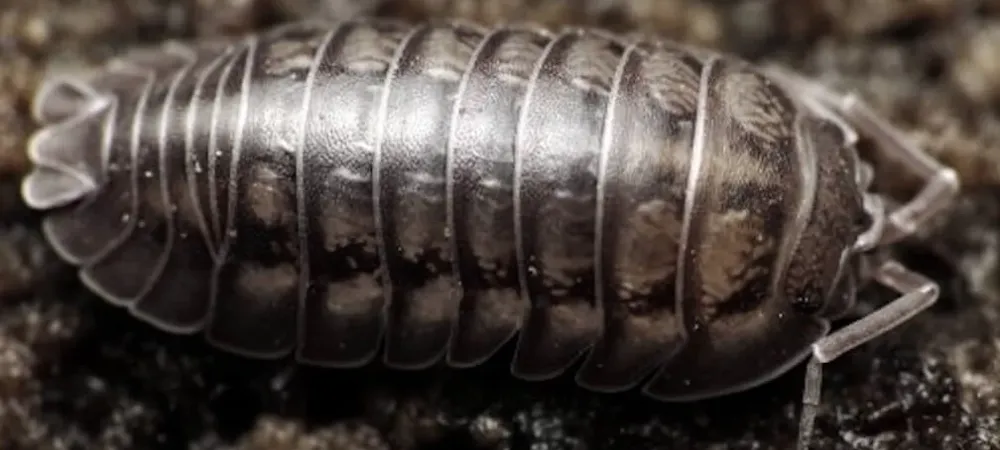Facts About Sow Bugs

Fast Facts
- Referred to as sowbugs, but more popularly known as woodlouse.
- Although they live in the same conditions as insects, they are not considered insects.
- Oniscus is their scientific name
- Known as isopods because of their physical features.
- Measure about 1cm in size and are shaped like a bean.
- Their oval-shaped bodies have seven pairs of legs and two pairs of antennae.
- Have tail-like features known as appendages.
- Land-living crustaceans which feed on organic materials and thrive in damp habitats. They also live in moist garages or rooms gaining access into your home through structural cracks.
- The isopods do not fly or sting. Additionally, they do not curl up like their cousins--Pillbugs. The difference between the two is the small appendages on Woodlouse and the absence of the same on Pill bugs segmented armor on the rear end.
- Found under debris, a stack of wood, large logs, and stones. They mostly look for decomposing organic matter as that is their food.
- Prefer damp or humid areas and darker habitats too.
Are Woodlouse Dangerous?
No, there are not considered a danger to humans because they feed on decomposing organic debris and also they don’t fly or sting. As a result, they are classified as harmless creatures but are believed to be a nuisance when they find their way into your home and in large numbers.
What Does a Sow Bug Do?
They like to search for food and hide in damp and dark places. When they get such conditions they will thrive and spread but when the area dries up. They will pile up on each other as a way for survival by reducing the rate of evaporation from their bodies. They loathe light and once you disturb their habitat for instance If u try to pick a bug and expose it light it will act dead. It might stay flipped for some time then later roll and start moving again.
How Long Do Woodlouse Live?
Survival lifespan of a woodlouse will entirely depend on the environmental state. They will breed in dim, moist areas and places with debris. Such a state will make them live longer.
Getting rid of them will require thorough cleaning. You have to move piles of dead leaves, stacks of wood logs as well as proper inspection of downspout to ensure proper drainage.
You have to create a barrier from the vicinity of the house approximately about 15cm to 30cm in width. Sealing of cracks and holes, Reduction of moisture and waterproofing your home is also ideal in achieving a creature-free environment. Since they are not dangerous living things application of dehumidifier techniques will help a lot.
Services of a technician can be sought if large numbers of the isopods gain access into your house. The technician is a specialist in the management of pests hence will guide on the right modes of elimination of such creatures.
